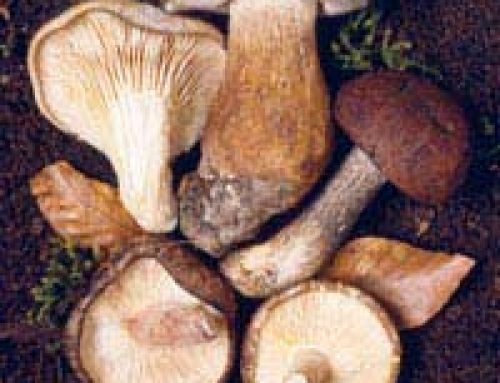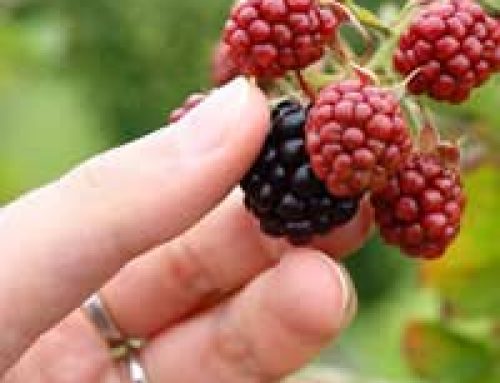
Wild greens are generally more flavoursome and nutritious than greens raised commercially. This is because they are not pushed to produce yields beyond their means and have evolved naturally, so they have a greater variety of nutrients and flavour as a result.
You are also more likely to eat your greens on the day you harvested them, so they will have a higher concentration of vitamins and minerals than leaves, which are several days old.
By foraging for greens you will become more in tune with the local environment and nature, and you will eat the food that humans have evolved to eat.
There are plenty of wild leaves to choose from, including watercress found growing in local streams, to hops growing in the hedgerows. You may also want to try eating the leaves of wild garlic, which have a mild, garlicky taste, or garlic mustard, otherwise known as ‘Jack-by-the-hedge’.
There are plenty of options to choose from when foraging. They key is knowing exactly what you are picking and washing the leaves thoroughly before you eat them. Take a basket and an expert with you, and see what your local woods and hedgerows have in store for you.
Eating Weeds
Many edible leaves are otherwise known as weeds. These include nettles, dandelions, borage, chickweed and fat hen. They are all extremely rich in vitamins and minerals, including iron and potassium, and they are delicious too.
They can be made into simple salads, soups and sauces to accompany a wide range of dishes or be eaten in their own right.
Wild Greens to Try
- Dandelion – packed with iron, vitamins C and A, with a bitter-sweet taste.
- Chickweed – contains calcium, potassium, iron, phosphorus, manganese, and vitamins C and B. and is thought to encourage weight-loss.
- Fat hen – contains calcium, potassium, iron, phosphorus, manganese, and vitamins C and B. If you have poultry, fat hen makes a good feed.
- Plantain – its leaves can be harvested and cooked like spinach.
- Ground elder is similar in taste to spinach.
- Borage- its delicate blue flowers can be added to salads or drinks and its leaves have a mild cucumber taste and can be eaten raw or steamed.
- Sorrel – a few leaves are plenty as it has a very strong flavour.
- Hogweed can be cooked and eaten like asparagus.
- Nettles – packed with iron, it can be made into nettle tea, beer and soup and eaten like spinach.
Foraging Tips
When you go foraging for wild greens, you should choose an area that is free from pollution. Avoid picking greens from the roadside, as they can be polluted with deposits from exhaust fumes. It’s a good idea to pick fresh leaves after it has rained, to ensure they are free from dirt, but you should always wash them thoroughly before eating them.
Foraging for wild greens needn’t be difficult. Always make sure you know what you are picking and take an expert or a field guide with you for reference. It won’t be long before you are an expert in wild greens and will be able to rustle up a feast from wild food fourn lurking in the hedgerows.





I forage for stuff like wild garlic. I only take a few leaves from each plant, and never damage the roots or flowers. Countryside rules say not to pick wild flowers, so how legal is my foraging?
Please don’t touch hogweed, I have had nasty burns and blisters from cutting them down and being sprayed by with the sap